A beginner’s guide to crypto masternodes
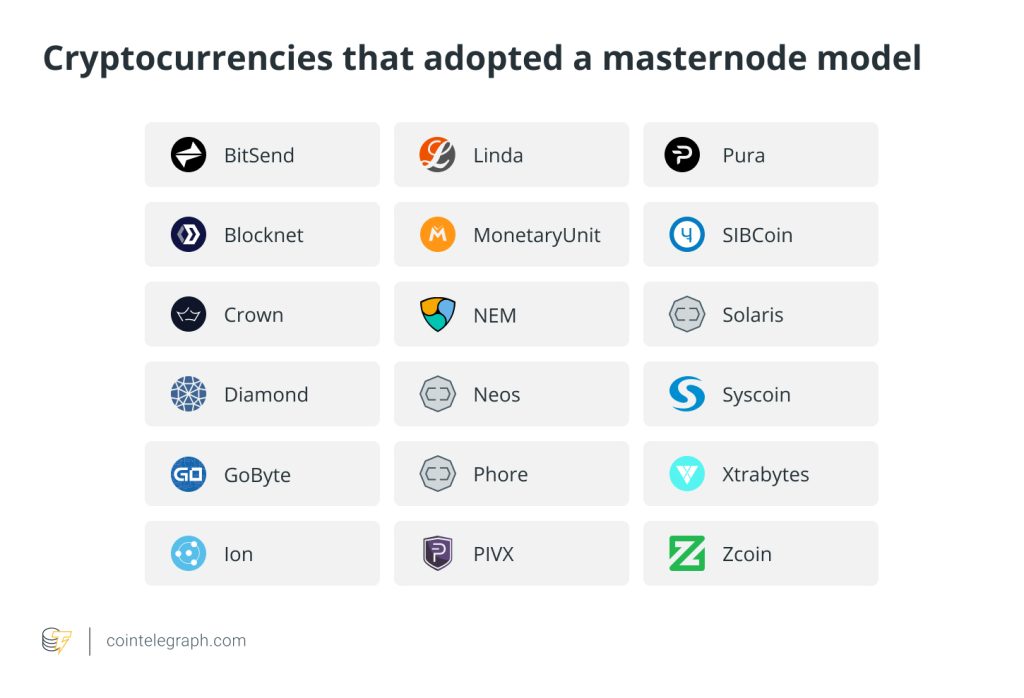

Decentralized blockchain infrastructure comprises several types of nodes that provide the network with transparency and security. Nodes are also in charge of running software for the blockchain, effectively implementing a cryptocurrency’s functionalities and predetermined rules.
Nodes also maintain a given cryptocurrency’s distributed ledger of public transactions and verify any new transactions. Masternodes, in particular, are a type of node that plays a specific role in managing and governing a blockchain’s protocol.
What is a masternode?
In the context of cryptocurrency, a “node” simply refers to a computer that is part of a specific cryptocurrency network. Because cryptocurrencies are distributed and decentralized networks, participants can power them by running multiple nodes across various locations worldwide.
So, what is the difference between a node and a masternode? The answer is that a masternode is a node that runs specific functions that support a network and allow it to run smoothly. People who run masternodes receive rewards, such as cryptocurrency coins or tokens, to incentivize them for helping to secure the network.
Masternodes, or bonded validator systems, differ from ordinary nodes in that they can carry out special functions and have different features, such as:
- Directly sending funds
- Increasing the privacy of transactions
- Performing instant transactions
- Participating in voting and governance
- Enabling a system for budgeting and treasury on the blockchain.
Masternodes hold a greater level of authority and responsibility in a network and are set up by community members in most cryptocurrency projects. Running a masternode is similar to cryptocurrency mining in a proof-of-work (PoW) blockchain to a certain degree.
However, unlike mining, which creates and verifies blocks, masternoding verifies new blocks of transactions but does not submit new blocks for verification. Also unlike cryptocurrency mining, running a masternode does not necessarily require an operator to have expensive cryptocurrency mining gear.
Masternodes are a collateral-based system wherein the operators need to hold a required amount of cryptocurrency before running a node. In return, these operators earn rewards in the form of percentage-based interests in their holdings. Depending on the network, a masternode operator may receive rewards daily — or even several times a day.
Dash, a Bitcoin fork, was the first blockchain network to adopt a masternode model. Many other blockchains have since followed suit, including:

Masternode models can be used by both proof-of-stake (PoS) and PoW blockchains, or hybrids of both consensus mechanisms.
Masternodes vs. full nodes
A full node is one that has a copy of the entire blockchain’s ledger. They play a significant role in how well a network functions. These nodes hold a blockchain’s entire history of transactions and are charged with submitting new blocks for verification by other nodes.
In the unlikely event of catastrophic failure across the network of nodes, a blockchain network could be fully restored as long as at least one computer retains a complete copy of the ledger.
Full nodes play a crucial role in maintaining the security of the blockchain network. By distributing a copy of the ledger across many decentralized computers and servers worldwide, the network can only be compromised if all full nodes are destroyed.
Whenever a new block of transactions is submitted, all nodes have to validate the transactions before adding them to the permanent ledger. The key difference between full nodes and masternodes is that, unlike full nodes, masternodes do not submit blocks for validation — they only validate those submitted by other nodes. Also, they may have special regulatory, governance and management roles assigned to them.
How do masternodes work?
Most blockchain protocols have a system for rewarding nodes that maintain the network, generate blocks, and ensure its proper function, regardless of whether they use PoW, PoS or another consensus mechanism.
Blockchains that use masternodes in their protocol typically give a significant portion of the block rewards to masternodes since they play a crucial role in maintaining the network.
Masternodes can have different roles depending on the blockchain they operate on. On the Dash network, for example, they have more authority, can govern voting events, and execute protocol operations. Additionally, they can be used to send private transactions or instant transactions.
Masternodes are a crucial part of the Dash ecosystem. They have a governance role where each masternode has one vote: to either approve or reject new developments and protocol amendments on the network.
The level of processing required to generate new blocks in various systems differs and can thus affect the costs of running a masternode and the revenue associated with running it. For PoS systems, for example, the amount of computing power required is much less than that of PoW systems that employ mining. Hence, a crypto masternode in a PoS system may generate higher revenue with lower operating costs.
What do you need to run a masternode?
To operate a masternode, one has to make a considerable financial investment and bear running expenses. This also includes having a substantial stake in a blockchain network’s native cryptocurrency. For example, running a Dash masternode requires one to own 1,000 Dash (DASH).
It also requires expertise in the network and a fair bit of technical know-how. Although masternodes are not as demanding as mining and do not require the latest ASIC devices, they still require a pretty sturdy computer, which may cost significantly more than an average laptop.
Other requirements include a dedicated IP address and server for the node, as well as significant storage capacity for the network. Qualifying requirements vary significantly among various networks, but the underlying principles remain the same across most of them. It is essential to research different projects that use masternode models and assess the requirements and reward potential before setting up a masternode.
What are the advantages and disadvantages of operating a masternode?
Before running a masternode, understanding its advantages and disadvantages is essential. One crucial aspect is staking coins, which enhances network security. Users stake their coins with masternodes and are rewarded with additional cryptocurrency or voting rights, depending on the specific blockchain protocol and its implemented mechanisms.
If a masternode owner doesn’t fulfill their responsibilities, they may lose their assets. Many networks are set up in such a manner that if a masternode owner behaves badly, their share is either taken away or reduced. Therefore, staking tokens is beneficial because it ensures the security of networks and discourages bad behavior.
Additionally, masternodes play a critical role in preventing networks from becoming centralized due to mining pools. If a mining pool were to control 51% of the network, it could carry out a 51% attack and engage in double-spending. This could harm the token’s value and endanger the project.
Advantages
A lot of people set up masternodes primarily for the financial incentive. The longer someone has staked their tokens, the more rewards they receive. Most networks offer masternode operators a portion of the block rewards in the form of project tokens. For this reason, running a masternode is a straightforward way to earn cryptocurrency and recover one’s initial investment.
Masternode owners also have the power to approve or deny transactions that other nodes have verified, creating an oversight authority that is crucial for maintaining accountability and promoting a healthy ecosystem.
Running masternodes is also considered a strategic way of hodling for some investors. This is because the tokens used for staking are essentially held as a reserve as they generate interest from the network. The Dash masternode community, for instance, compares masternodes to savings accounts that have minimum deposits and accrue interest over time.
Disadvantages
There are also growing concerns that barriers to entry for running a masternode could lead to centralization, which may eventually go against the value of decentralization in cryptocurrency networks. The reason is that running a masternode takes considerable resources and technical expertise that not everyone can afford. This creates an uneven playing field that could limit participation to only a few parties, which in turn increases the risk of collusion by malicious actors.
However, it has been pointed out that there is little benefit for masternode owners to act maliciously compared to miners. This is because they would lose block rewards and a portion of their total stake. Additionally, a 51% attack would destabilize the cryptocurrency ecosystem and negatively impact the value of their remaining tokens.
Lastly, running a masternode requires one to lock away their tokens as a stake. The main downside of this arrangement is that the staked tokens cannot be used as capital or traded to make a profit. This may be an issue for traders who want to liquidate their tokens and take advantage of volatile market swings.

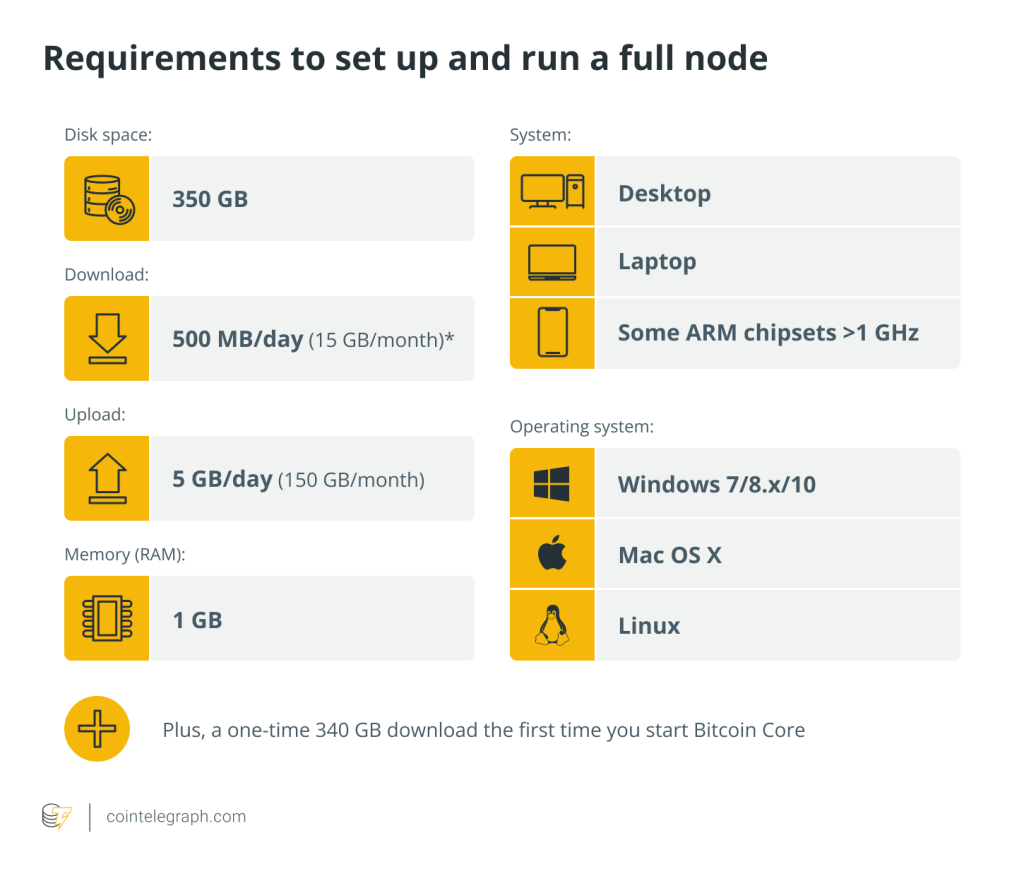

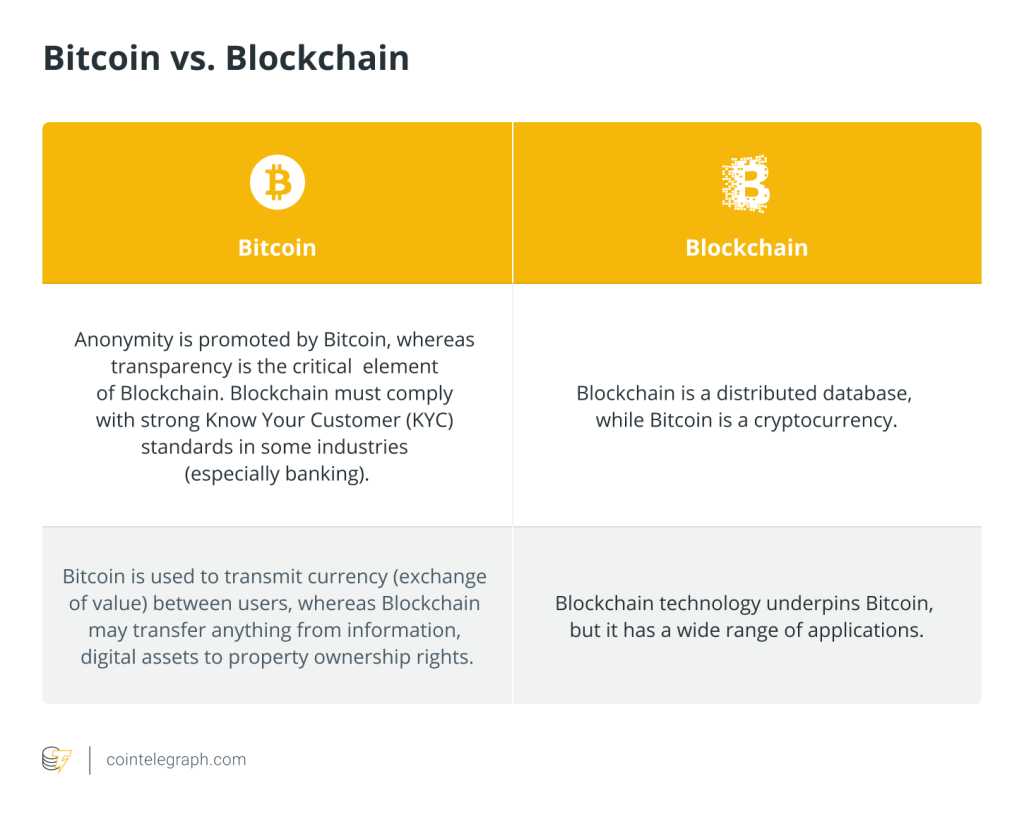
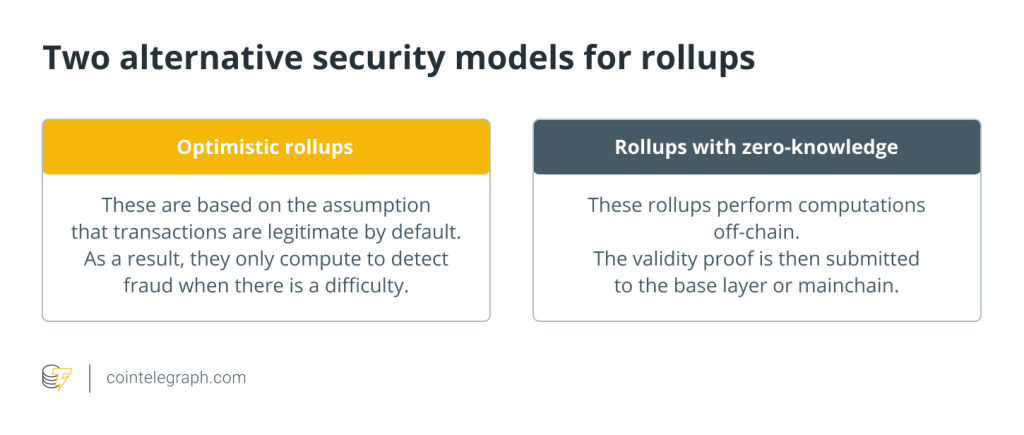
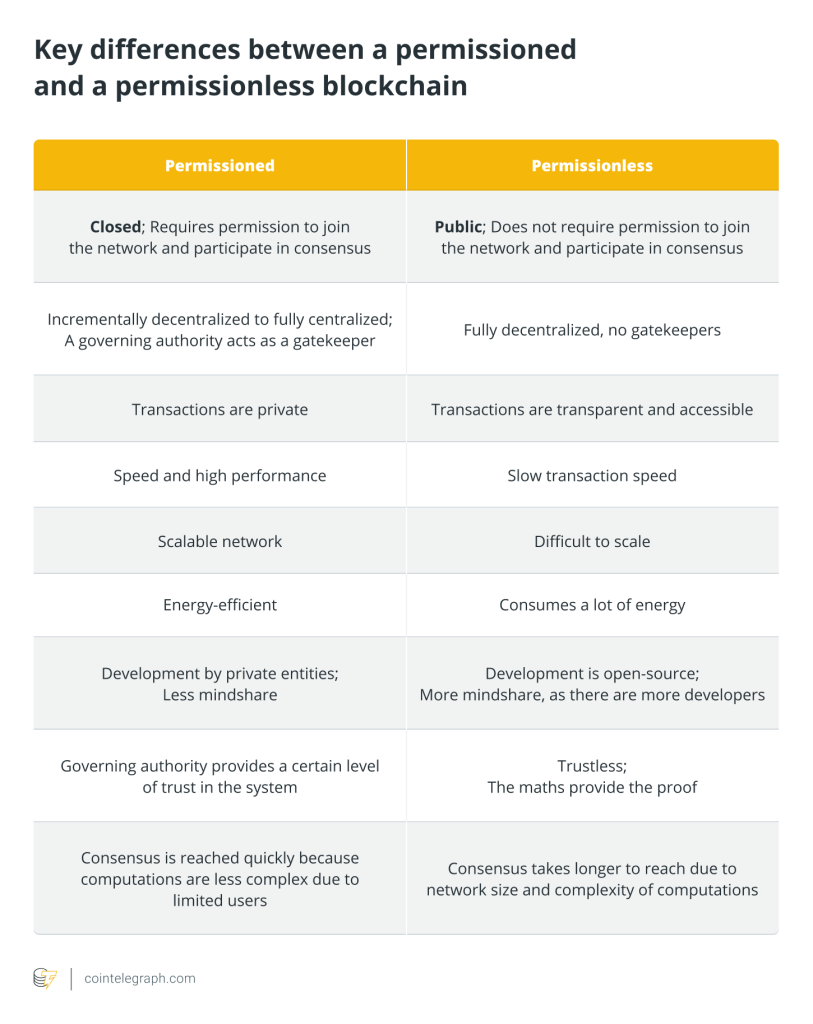
… [Trackback]
[…] Find More Information here to that Topic: x.superex.com/academys/beginner/3140/ […]
… [Trackback]
[…] Find More on on that Topic: x.superex.com/academys/beginner/3140/ […]
… [Trackback]
[…] Read More to that Topic: x.superex.com/academys/beginner/3140/ […]
… [Trackback]
[…] Find More Information here to that Topic: x.superex.com/academys/beginner/3140/ […]
… [Trackback]
[…] Find More Info here on that Topic: x.superex.com/academys/beginner/3140/ […]
… [Trackback]
[…] Here you can find 16871 more Info on that Topic: x.superex.com/academys/beginner/3140/ […]
… [Trackback]
[…] Find More to that Topic: x.superex.com/academys/beginner/3140/ […]
… [Trackback]
[…] Find More Info here on that Topic: x.superex.com/academys/beginner/3140/ […]
… [Trackback]
[…] Information on that Topic: x.superex.com/academys/beginner/3140/ […]
… [Trackback]
[…] Information on that Topic: x.superex.com/academys/beginner/3140/ […]
… [Trackback]
[…] Info to that Topic: x.superex.com/academys/beginner/3140/ […]
… [Trackback]
[…] Find More to that Topic: x.superex.com/academys/beginner/3140/ […]
… [Trackback]
[…] Read More here on that Topic: x.superex.com/academys/beginner/3140/ […]
… [Trackback]
[…] Info to that Topic: x.superex.com/academys/beginner/3140/ […]
… [Trackback]
[…] Find More on to that Topic: x.superex.com/academys/beginner/3140/ […]
… [Trackback]
[…] Find More Information here to that Topic: x.superex.com/academys/beginner/3140/ […]
… [Trackback]
[…] Info on that Topic: x.superex.com/academys/beginner/3140/ […]